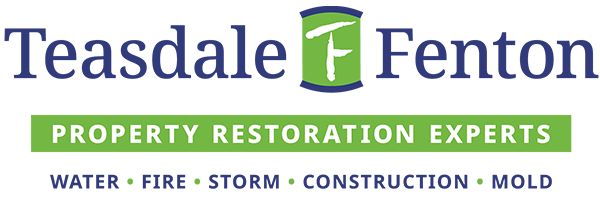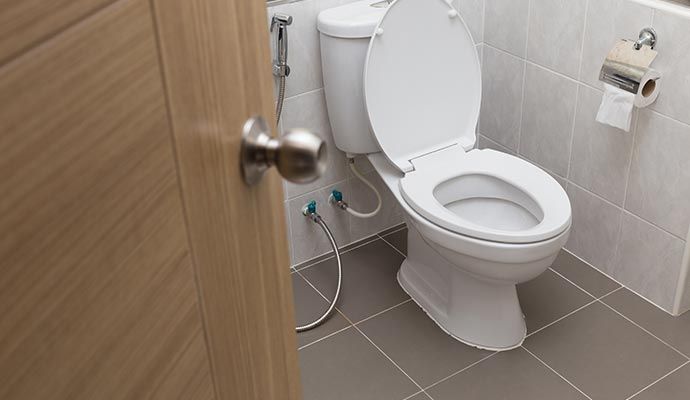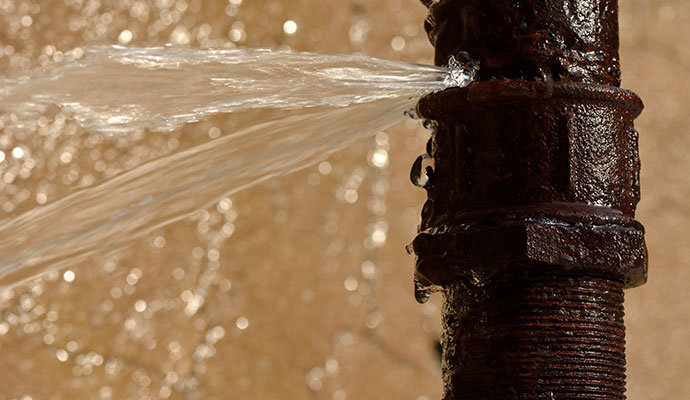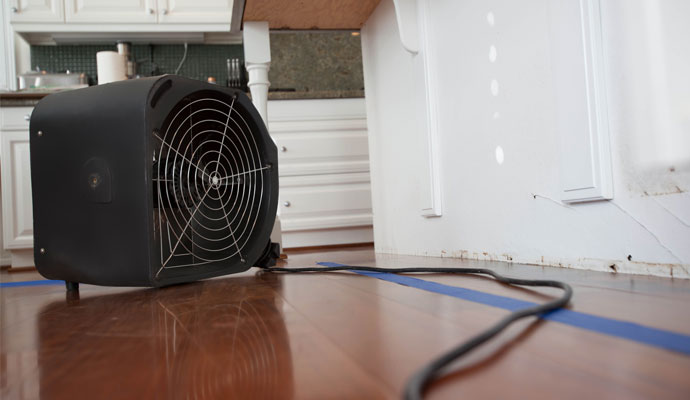Appliance Leak Clean-up Services in Cincinnati, Columbus, Ohio & Sarasota, Florida
Appliances that continuously hold or filter water can quickly develop a slow leak or drip, eventually leading to appliance flooding, water damage, and hidden mold damage unless the leak is stopped and repaired. Call Teasdale Fenton Cleaning & Property Restoration in Cincinnati, OH, for professional cleaning up of appliances experiencing a water leak.
We offer appliance leak clean-up and water extraction, structural drying, and water damage restoration services for the following appliances:
- Water Heater Burst
- Washing Machine Overflow
- A/C Unit Drain Overflow
- Refrigerator Leak
- Ice Maker Overflow
- Dishwasher Overflow
Appliance Leak Clean-up Services in Madeira, Cincinnati, Columbus, Ohio & Sarasota, Florida
Causes of Appliance Leak
Homeowners often don’t realize when their appliance isn’t functioning correctly until a significant problem occurs. Below are some of the most common ways an appliance can leak water:
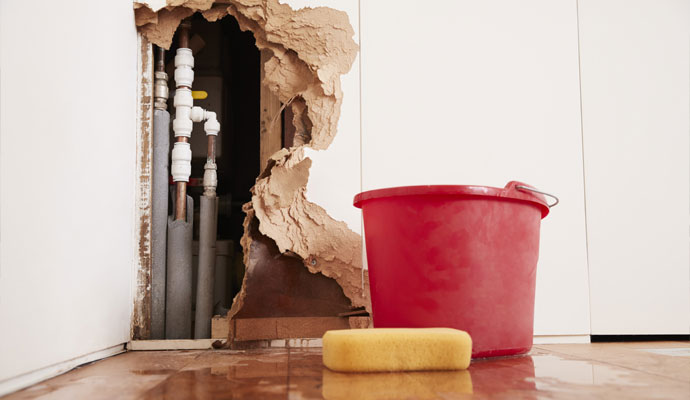
- Dishwasher
A dishwasher usually leaks because of a clogged or damaged drain line or supply line. Drain line leaks can be fast or slow and often contain bacteria. Supply lines can cause an overflow because of heavy water pressure. An older dishwasher that connects to your kitchen sink might cause water damage if your sink is not adequately emptied or unclogged when the drain line is in use.
- Water Heater
Water heaters often have several issues contributing to leaking, including damaged or cracked pipes, a leaking tank, or broken fittings and seals. Malfunctioning water heaters also have the potential to burst, releasing gallons of water into your home in a blink of an eye.
- Washing Machine
Most homeowners leave the water supply hoses to their washing machine turned on, even when it is not in use. Washing machine hoses are always pressurized, and a broken line is like turning on the tap. So if a pipe bursts when you aren’t home or your washing machine is in an area of your home that you rarely use, you could end up with significant water damage.
Slower leaks from worn hoses and loose fittings can also cause water damage and mold growth on the walls behind the washing machine. User error can result in water damage, too; to avoid this, do not add too much detergent, which can cause the washing machine to overflow.
- Heaters & Air Conditioners
Heating and cooling equipment are prime candidates for leaks. That is why it is essential to have a professional inspect your heating and cooling systems for leaks, damage, and blockages at least yearly. In addition, water leaks related to these systems are usually slow and hidden behind the walls & in the ceiling, meaning they can be challenging to find before mold starts to grow and cause even more damage.
- Refrigerator
Refrigerators that come with a built-in icemaker have a supply line for water. Unfortunately, this supply line can burst or crack and cause significant water damage. Some refrigerators can also fall victim to slow water leaks from the base, which can go unnoticed for an extended period.
Why Choose Teasdale Fenton Cleaning & Property Restoration in Mason, Wyoming, Cincinnati, Columbus, Ohio & Sarasota, Florida?
Teasdale Fenton Cleaning & Property Restoration has more than 200 years of experience in the restoration industry serving in Addyston, Bellevue, Cincinnati, Dayton, Eldorado, and other areas of the Greater Cincinnati area. We can handle any water damage and mold-related problems from start to finish. Moreover, we provide 24/7 service to our customers. Call us today at 513-463-1797 or contact us online to get a free estimate and allow us to start the restoration work immediately.
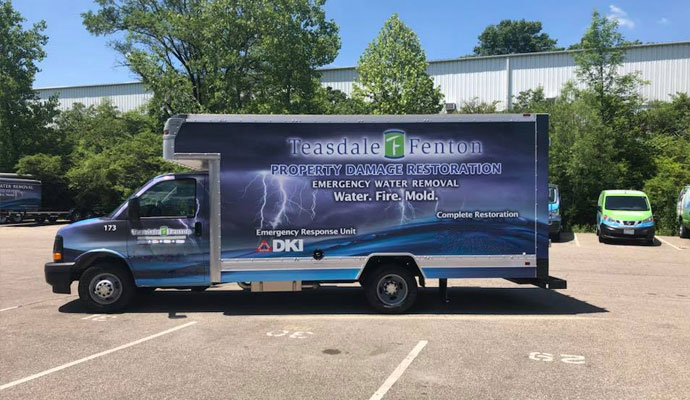
- Phone answered live 24/7/365
- Background tested, licensed & insured
- Emergency water removal/pump-out service
- State-of-the-art Hydro Extreme Water Extraction
- Certified Vortex Structural drying specialist on your job
- Direct billing to the insurance company
- Commercial and residential services
- IICRC Certified Technicians
- S500 Guidelines for water extraction and structural drying
